I was just a wine newbie, a neophyte wine drinker when I first stumbled upon Tannat. Mr. Corkscrew and I were visiting Buenos Aires and decided to take a ferry across to Uruguay and experience Colonia del Sacramento, Uruguay and surrounding areas. When a lovely winemaker first poured Tannat for me, I had no clue what it was. But after visiting a few wineries and restaurants, I found that it was a little different in different hands. There were some that I gulped down with pure pleasure and others that were so big, bold, and tannic that I couldn’t stand more than a sip or two. I didn’t know why, but I definitely learned that there were many faces if Uruguay’s Tannat. Fast forward more than a decade later and I’ve studied, dissected and have definitely had my share of Tannat — including lots from Texas, where it’s found another great home. Incidentally if you want to read about that Uruguay visit, I still have it here. I keep these old articles to remind me of how my writing and photography have improved over the years. Well, at least I’d like to think it has…
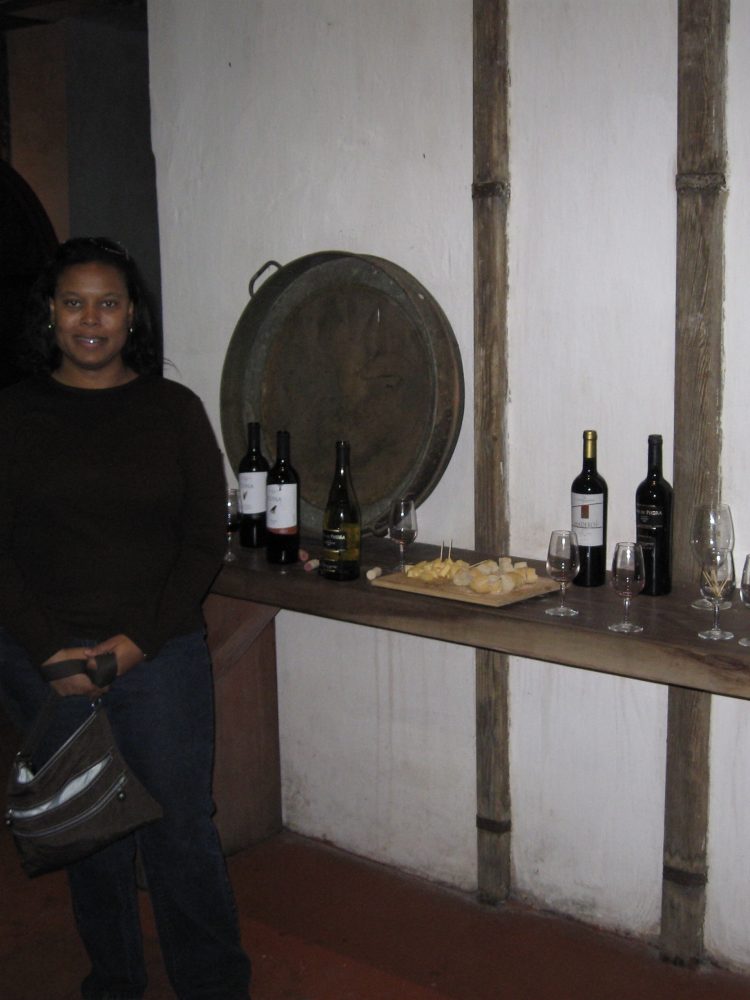
A Little Tannat Background
In case you weren’t aware, like so many other grape varieties, Tannat originated in France. The Madiran region of southwest France, which sits in the middle of brandy country (hello Armagnac!) is where we first got the robust, bold, rich, and tannic Tannat way back in 1783. It took almost 100 years, but Tannat made its way to Uruguay in the 1870s and thats where the magic happened. Kinda like what happened with Argentina and Malbec (which also originated in SW France in Cahors), the South American country of Uruguay made it a star. That’s not to say that Madiran and Cahors (as it relates to Malbec) made bad wines, it’s just that Argentina for Malbec and Uruguay for Tannat made the wines approachable and relatable which translated to star power. Which, I guess is why it my first ever Tannat was from Uruguay.
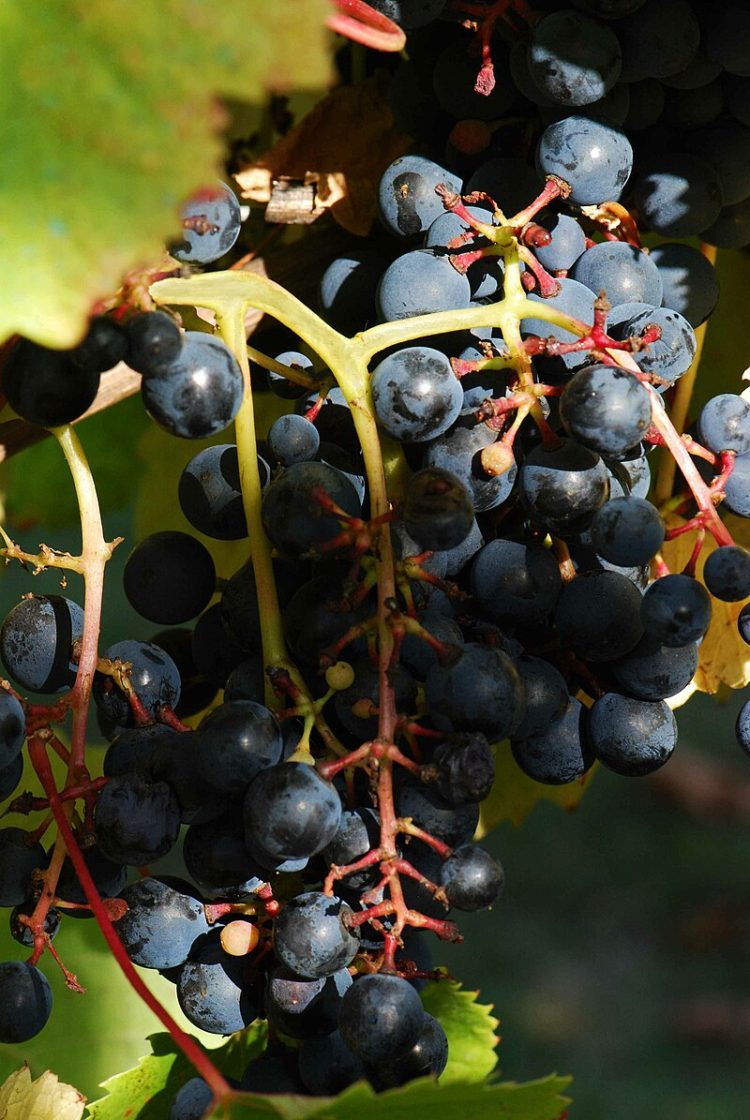
It’s hard to mistake Tannat in the glass. Dark and inky (I’m sorry, but I just had a Ms. Pac-Man ghost flashback) in the glass, it’s intense, concentrated, grippy, tannic, and can raise a few hairs on your arm. It’s not for the faint of heart. Well, that used to be the case. Sure, there are some that still require many years of bottle age to become approachable, but winemakers in Uruguay, France, and beyond have also employed a number of techniques to tame the beast that is Tannat. And when they’re on, they’re on. Uncorking a bottle provides “all black everything” as HOV would say. Blackberries, black plum and some dark blue fruits along with spice, leather, chocolate, and smokiness. Plus, Tannat has the highest levels of polyphenols & resveratrol of any grape making it the ‘healthiest’ of all red grapes. You know, to the extent that is a thing. Don’t come at me.
These are such fun wines to enjoy over the course of a few hours as they tend to keep evolving in the glass. And make no mistake, Tannat has the requisite acidity to make it perfect for the dinner table. Sure it’s a great match with hearty dishes like grilled beef and lamb, stews, and wild game. But it goes beyond that. Try some aged cheddar, black bean burgers, or even char-grilled vegetables.
Fascinating Uruguay
All those years ago when I visited Uruguay, I didn’t quite appreciate the country that it was. I just remember everyone walking around with these little cups drinking what I later learned was mate! But it’s one of the most progressive countries in South America and may seriously be one of the best kept secrets below the equator. It has a constitution that guarantees religious freedom and actually requires people to vote! As someone that has worked tirelessly to register people to vote as well as performed various roles on election days, this makes my little heart so happy. If you don’t vote, you will have to pay a fine and won’t be able to renew your driver’s license. Like I said, these are my people! Uruguay also formally legalized abortion back in 2012 and same sex marriage and cannabis a year later in 2013.
When it comes to wine, the country has been making great strides to move the industry forward. Though wine has a long history (the first documented evidence of wine dates back to 1776 and the oldest operating winery, Los Cerros de San Juan in Colonia, dated to 1854), the modern wine industry has only recently began to take shape.
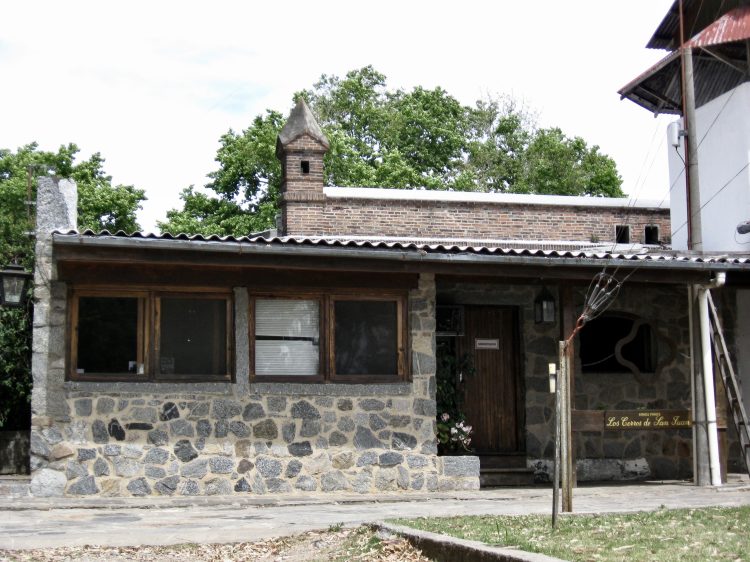
Newer and younger winemakers are getting involved and production is increasing. Currently, Uruguay is 4th largest in production in South America behind Chile, Argentina, and Brazil. Additionally, the Instituto Nacional de Vitivinicultura (“INAVI”) is continuously doing work to clarify the country’s growing regions providing consumers with greater transparency.
Tannat is Special in Uruguay
Along with making some of the best wines the country has ever produced, Uruguay has embraced Tannat as its signature grape. And why not? It makes up over a quarter of planted grape varieties in Uruguay as it has adapted well to the soils and climate there. The question has been asked whether Tannat is vinifera’s gift to Uruguay or if Uruguay is a gift to Tannat. Maybe it’s a little of both.
Uruguay has nearly 100 soil variations documented by scientists which accounts for all of the varied styles in which Tannat is made. Additionally, Uruguay’s warmer climate and 220 days of sunshine helps to tame those big tannins, which means the wines won’t beat us over the head and can be enjoyed now. It addition to the gifts from nature, winemakers use a number of techniques in the winery to make Tannat more approachable including things like pre-fermentation cold maceration, micro-oxygenation (which actually came from Madiran), co-fermenting with lighter varietals, and even carbonic maceration that we typically associate with with Beaujolais.
Bodega Garzón
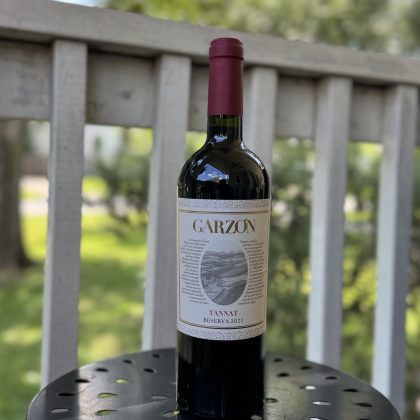
Looking to try some Tannat from Uruguay? It’s hard to go wrong with a Bodega Garzón’s Tannat. Founded in 2008 in the scenic countryside of Uruguay near the town of Garzón, Bodega Garzón quickly became one of the country’s most prominent wineries and have done a lot for the industry on the world stage. And when the winery opened in 2016, they absolutely upped the level of the tourism experience in Uruguay. The estate is truly stunning, but luckily what’s inside the bottle is just as spectacular. Garzón is known for its commitment to sustainability and was the first sustainable winery beyond North America to attain LEED certification. The estate’s varying altitudes, close proximity to the sea, and granitic soils leads to wines that exhibit finesse and freshness as well as an amazing softening of Tannat’s tannins. Boggles my mind how silky and mineral-driven this wine is. That their Reserva Tannat (in my market at specsonline.com) can be had for around $18 is a testament to the amazing value of these wines.
Bodega Alto de la Ballena
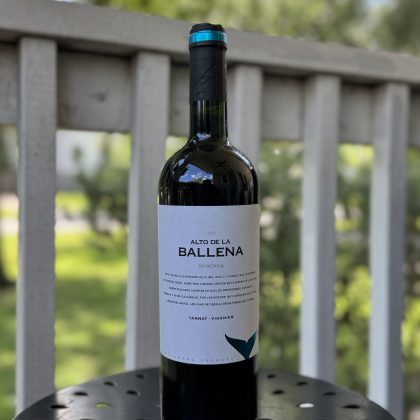
Like Garzón, the boutique winery, Alto de la Ballena, has great proximity to the coast and is known for its cool climate and oceanic influences. Established in 2000 by Argentine enologist Paula Pivel and her husband, Alvaro Lorenzo, the winery focuses on producing limited quantities of premium wines, with Tannat as their speciality. When it comes to their flagship Tannat, they took a different approach and co-fermented the Tannat with Viognier, similar to what is done in France’s Northern Rhône with Syrah and Viognier. In this case, the Viognier helps to tame the tannic structure of the Tannat as well as provides the wine with a floral lift. A great effort that comes in around $26.
Bodega Cerro del Toro
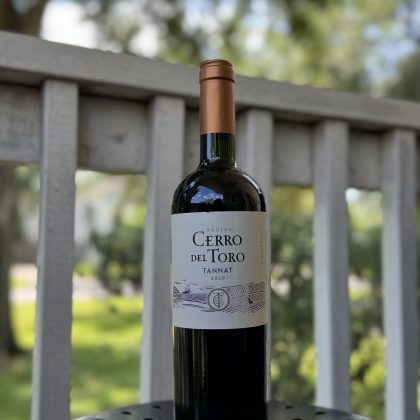
Established in 2013 by the Etcheverry family, Cerro del Toro is situated on a picturesque hillside near the sea, which also is the source of its name which translates to “Bull’s Hill.” The brainchild of a Norwegian businessman and a family from Japan, they are all about crafting high-quality wines, particularly Tannat, as well as other varietals such as Merlot and Cabernet Franc. And given that they are on a hill near the sea, they’ve made sure to take advantage as every aspect of the vineyard is exposed to a strong maritime breeze. The winery combines traditional winemaking techniques with modern technology to produce wines that reflect the unique terroir of the region. One such technique used for their Tannat is the use of pre-fermentation cold maceration which softens harsh tannins by allowing them to polymerize and fall out of the liquid before fermentation begins, resulting in a smoother mouthfeel. The technique also leads to enhanced aromas and flavors in the wine. And I loved that this wine sees no oak, which provided an amazing freshness to the wine. $25.
Bodega Pisano
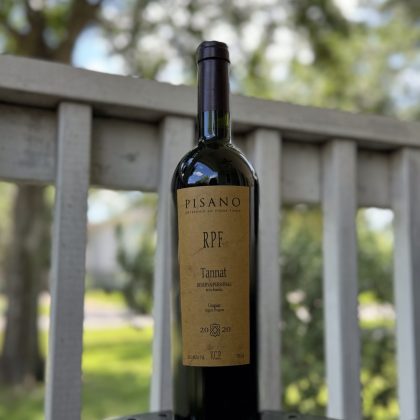
Established by Italian immigrant Don Cesare Pisano, Bodega Pisano is a family-owned winery that is renowned for its long winemaking heritage dating back to 1914. The winery is now under the helm of the 4th and 5th generations of the Pisano family. Bodega Pisano’s commitment to sustainability is also apparent as they employ organic farming along with biodiversity reservation, amongst other initiatives all in an effort to ensure the long-term viability of its operations for the generations to come. The winery has also gained acclaim on an international level. The wines are exported to 46 countries on five continents. I found it in “big box” retailer TW for $24. Their Pisano “RPF” Tannat is their “Reserva Personal de la Familia” which only uses fruit from the best, low yielding vineyard plots in the best vintages. Vivid and concentred with dark fruits and chocolate notes, it’s a study in textured mouthfeel. I also love the lower alcohol level on this wine compared to the others.
Vermut Flores
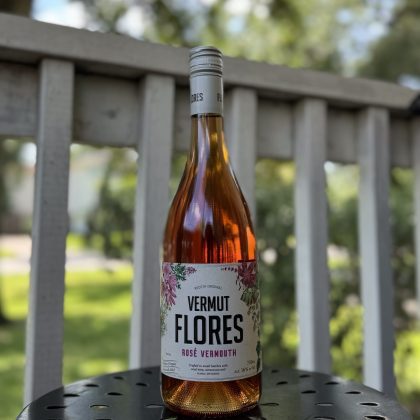
Talk about the many faces of Uruguay’s Tannat! I’ve never had pink Tannat, and I sincerely hope this isn’t my last opportunity. Founded in 2018 by three creative minds – founders Alvaro Aniano (the bartender), Juan Andrés Marichal (the winemaker) and Salvador Banchero (the communicator), Vermut Flores shows us that Tannat is not a one trick pony. The Marichal Family has been making wine for more than 80 years, and producing grapes for more than 100 so there’s definitely some street cred behind this unique offering. The Vermut Flores is a fresh and modern vermouth built on a Tannat wine base. They actually make both a Red and Rosé vermouth from Tannat as well as a Blanc vermouth with Albariño as its base wine. How to drink it? Neat, simply over ice, with olives or a slice of lemon or orange, like a spritz with a splash of tonic water. So many options. Just make sure it’s ice cold to start. This is such a complex and absolutely delicious aperitif. Like who knew?! And perfect for a hot summer sipper. $19
Cheers to the many faces of Uruguay’s Tannat!
**Cover image courtesy of Shutterstock**


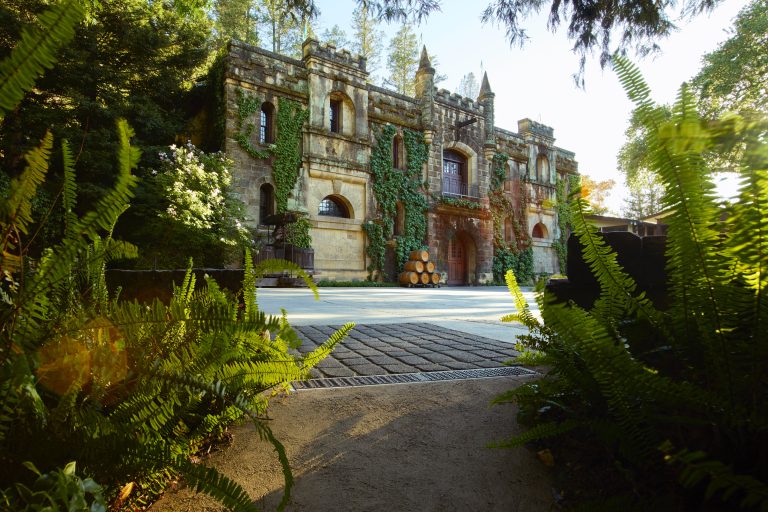
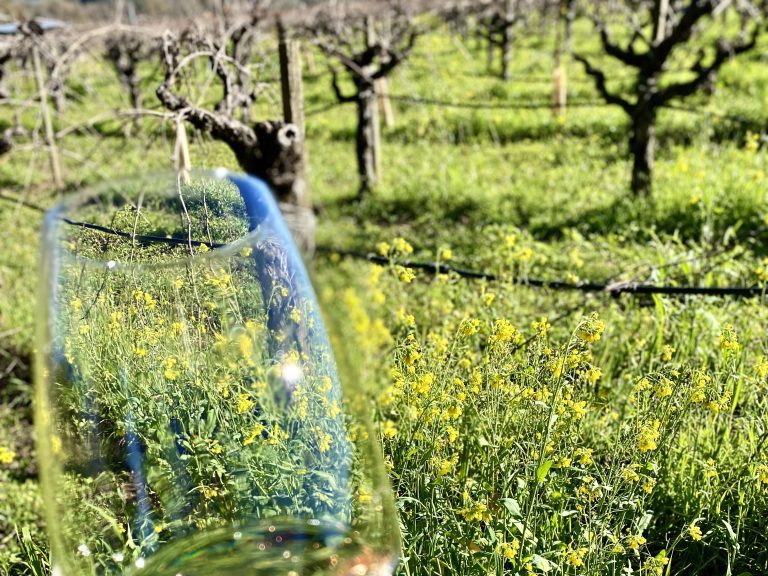
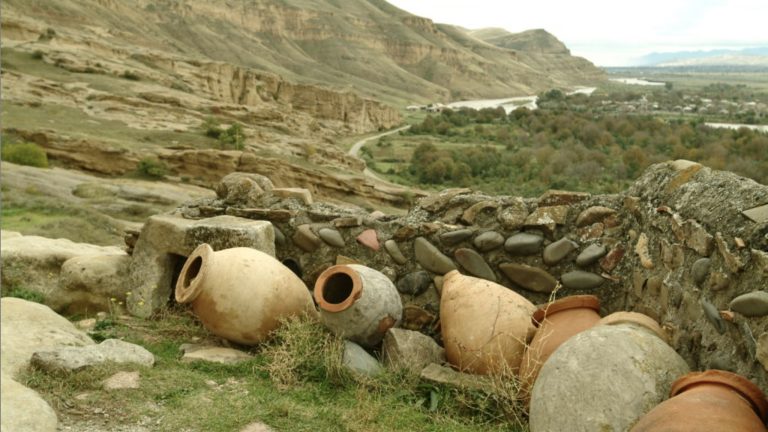

No Comments